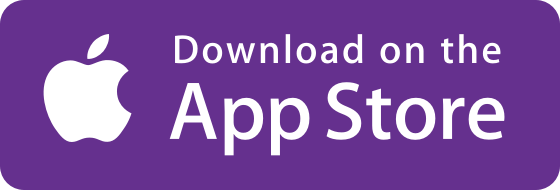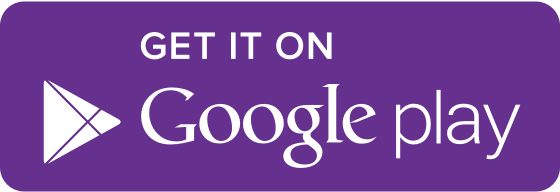Two primary schools in Sweden are commenting on Bröderna Lejonhjärta by Astrid Lindgren on the app. Teachers Carina Falck, Cecilia Falck and My Ottosson share their experience with social reading in a multicultural environment.
The Brothers Lionheart is an extraordinary text, both for its plot and its characters. Why did you choose this book and why do you think students should have the opportunity to read it? What is the heritage left by Astrid Lindgren and her works?
When we were asked to choose a book for the social reading project on Betwyll, the choice of the author was easy. Astrid Lindgren is one of our great authors of children’s literature and she is very popular well beyond our national borders. We believe her books will have a very long life. In Sweden, she is also well known for her activism in protecting children and animals’ rights. Astrid Lindgren had a strong civil courage and discussed with policy makers. Such debate is also reflected in her books. Nowadays, we have a lot of children coming to Sweden who did not have the chance to grow with her great tales. They should know her literature and enjoy the great cultural heritage she left.
We started the social reading activity by talking about Astrid Lindgren and all she did. A student asked why we had to talk about a dead person. But once we explained all that Astrid did, he commented: “Now I really see why you think we should learn from her”.
The problem was then to choose one among her many wonderful books. We opted for The Brothers Lionheart because it is a timeless love story that can be approached in many different ways. When it was published, the debate on the legitimacy of writing about child deaths was very lively. However, many children wrote to Astrid Lindgren to say her booked had helped them a lot. And they asked her to write a sequel to explain what would then happen to Nangilima. On Betwyll, our students have the chance to ask questions to the characters, but also to Astrid. Maybe, we can thus help those who experienced difficult situations.
The book comes to life
On the app, in fact students can interact with the book characters and the author, thanks to fictional accounts managed by their teachers. What was their reaction? Are they enjoying our social reading method?
Today students spend a lot of time on official media. On Betwyll, they have to first read the book to be able to ask good questions. Now they are learning to write a question within a length constraint: neither too long and neither too short. This is a good exercise.
When we showed the app, students saw it had a mobile interface. It was something they easily recognised. Then there were book characters answering their questions. Different discussions among students, both in class and in their spare time, arose. Children are thus feeling even more motivated to keep reading the book.
Going digital: opportunities and challenges
Digitalisation is transforming the attitude of students towards learning. What are the challenges you are facing as teachers and how would you suggest your colleagues to deal with this transformation? What is the essence of teaching in the digital era?
At school we can use what students are most interested in: digital devices. We can use them online and offline. Students recognised Betwyll’s framework and user interface because it is similar to that of the other social media. The heart of the matter is to help students to stay focused, without getting confused by all that can be found on the internet. That is why we work on the critical interpretation of the sources. In our municipality we also have the advantage that all students have their own chromebook, which they can freely use. It’s up to us pedagogists to imagine/be prepared on how we can use it to inspire them to develop knowledge. Learning must be fun!
Inclusive classes
European schools are more and more multicultural, with students coming from different countries and belonging to different cultures. In your experience, what solutions teachers can adopt to make their lessons more inclusive and effective?
Pedagogists must be very clear and precise when they explain an assignment to the benefit of all students. If possible, students may get the instructions in their mother tongue. For instance, for #Lejonhjarta, a teacher read the book in Arabic to the students who are Arabic natives. Others can work on the book in their language of origin during that language classes. The top would be to have a Swedish pedagogist and a native one in class simultaneously.
It is important that the student feels that both languages are equally important. We can show this by underlining it and allowing to do their homework in their mother tongue. Or by explaining what the new Swedish words mean in their native language. In our classes we also have language groups, i.e. children speaking the same language can work in the same group. This way, children can discuss in the language they feel more confident in.
We work a lot on the vocabulary, and in different ways. To consolidate the knowledge of new words, we play games and use different words in the same context. Sometimes, it is enough to write keywords on the blackboard in the week you are working on them and make students repeat them every day.
From left to right: teachers Carina Falck, Cecilia Falck and My Ottosson


